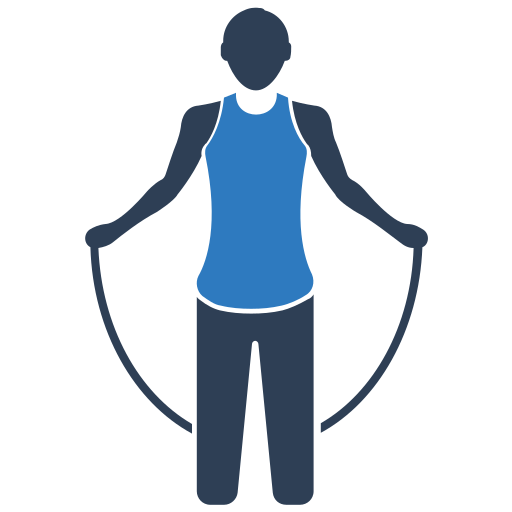Build strength, coordination and endurance with proper technique and consistent practice.
Physical fitness is all about movement and jumping rope with a training jump rope is one of the most efficient ways to build endurance, agility and coordination. The key to mastering it isn’t just about speed or how high you jump — it’s about precision, control and rhythm. Every movement, from foot placement to hand positioning, plays a role in optimizing efficiency and preventing fatigue. A strong foundation leads to better performance, just like in any other exercise. The more stable and controlled your form, the longer you can maintain the movement, making each session more effective for building cardiovascular endurance and lower-body strength.

Before starting, make sure your feet are planted correctly. A strong base ensures better control and reduces unnecessary strain. When you jump rope, your feet should stay close to the ground, allowing for quick, light bounces that conserve energy. Engaging your ankles and calves helps absorb impact while keeping movements smooth and efficient. Just like in running or strength training, the right foundation prevents excess fatigue and maximizes performance. Developing strong footwork not only makes you more efficient but also improves overall coordination and agility.
🗽
Hand and arm positioning are just as crucial. Your hands should be steady but relaxed, guiding the rope with smooth, controlled rotations. Avoid excessive movement — keeping your arms close to your sides allows for better efficiency and prevents wasted energy. The more refined your form, the easier it is to sustain longer jumping rope sessions without tiring out too quickly. As with any endurance-based activity, economy of motion is key. Just as a rower relies on controlled strokes to conserve energy, a well-practiced jumper learns to maintain steady rhythm with minimal effort.
🛹
Finally, alignment plays a major role in efficiency. Keep your body upright and in sync with the direction of the rope. A strong posture allows for better breathing, reducing fatigue and improving stamina. Proper alignment also ensures that your muscles work together, enhancing overall performance. Whether you're using a training jump rope as a warm-up, a conditioning tool, or a standalone workout, maintaining good form helps prevent injury while maximizing results. With consistent practice and attention to technique, you’ll build endurance, agility and strength — one jump at a time.
🏔️